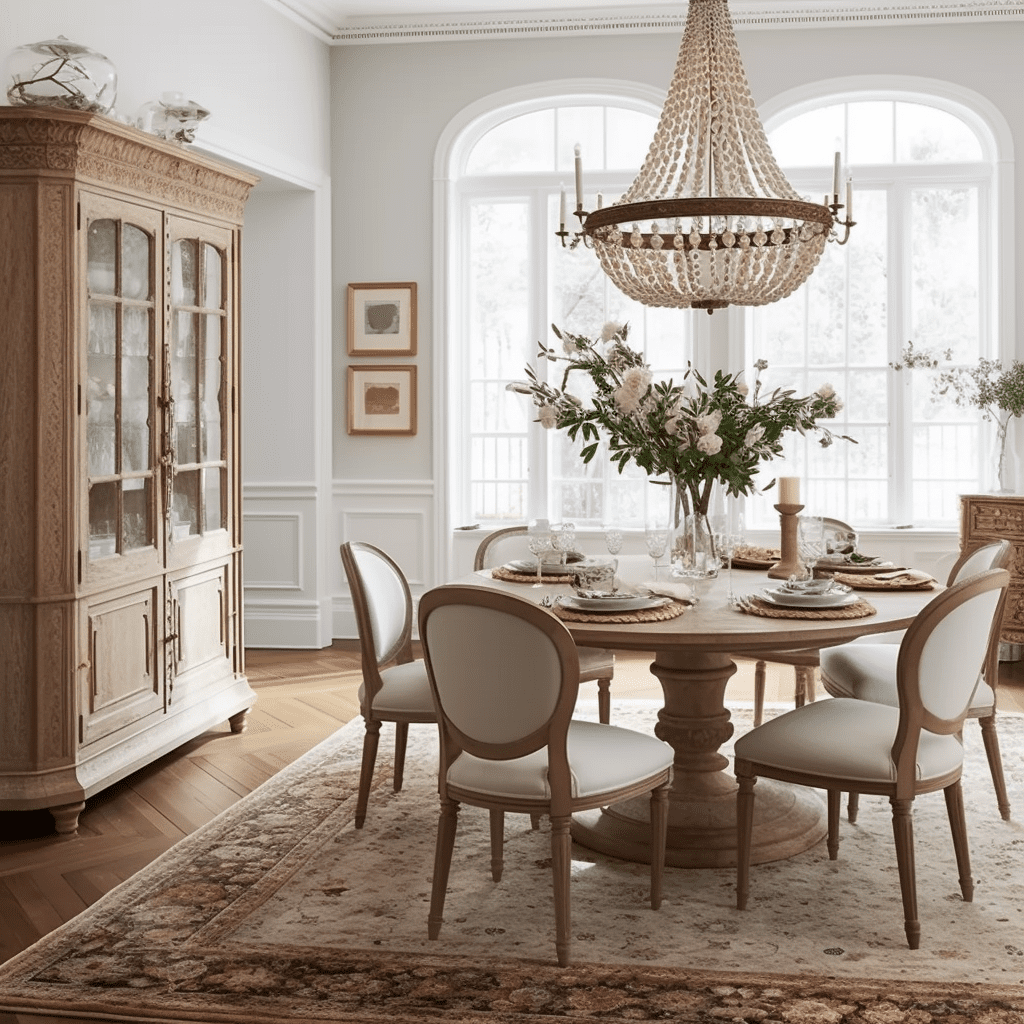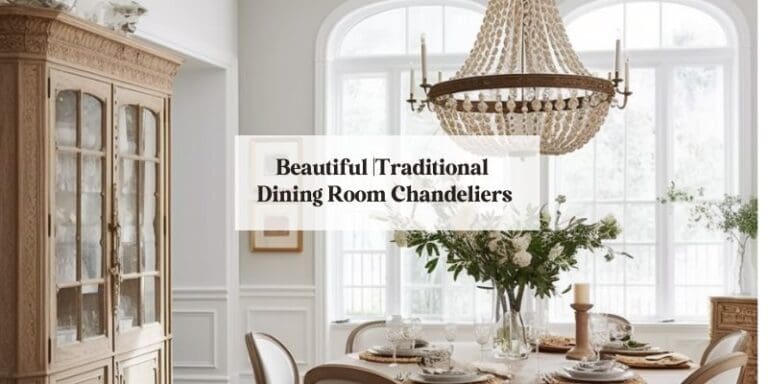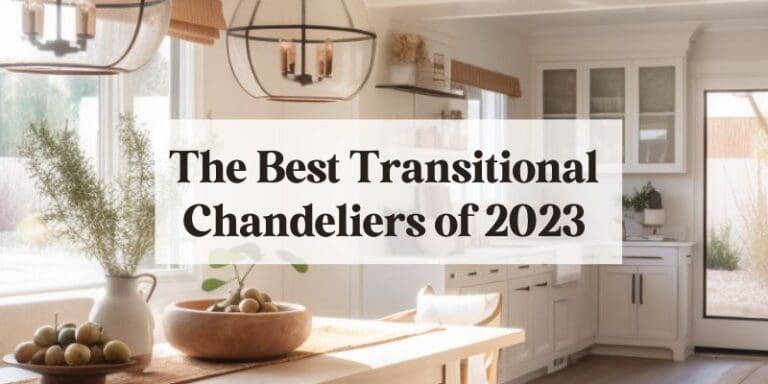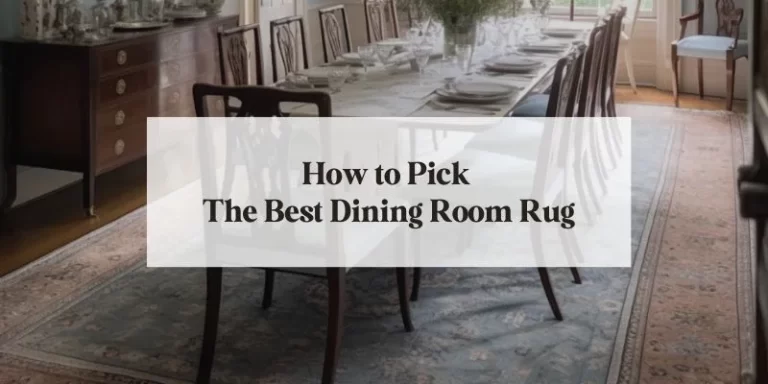
What Is The Significance Of Dining Room Design?
Your dining room decor plays a pivotal role in setting the tone for your holiday gatherings, intimate family meals, and nights with friends. It’s important that your dining room reflect you and your family’s personal style, and create a warm and welcoming environment for you and your guests.
We’re going to delve into the different types of design styles, from traditional, transitional, and modern, so you can pick which design resonates with you the most.
Each style speaks to different sensibilities, paired with your home’s architectural design, allowing homeowners to express their unique personality and preferences that reflect their ideal living spaces.. Whether you lean towards traditional grandeur, transitional flexibility, or modern chic, your dining room decor becomes a canvas for your distinct style and the backdrop for family dinners and holiday gatherings.
What Are The Different Dining Room Decor Styles?
Traditional Dining Room Decor
Traditional interior design, with its opulent furnishings and timeless charm, creates an atmosphere of refined elegance, often highlighted by classical architectural elements, rich woodwork and ornate detailing.
Rooted in history, this classic style builds upon past centuries of craftsmanship, elegance, and timeless beauty. Traditional interiors are marked by luxurious materials like hardwoods and fine fabrics, intricate and intentional details in furnishings and architectural elements, all grounded in a sense of symmetry and balance.
Intricate details, designs, and patterns are paired with natural materials reach back to Roman columns, while gilt carved mirrors pay homage to hints Baroque and Rococo styles. Traditional design mixes tried and tested beauty with nature’s finest materials.
Signifying comfort, sophistication, and a connection to heritage, traditional design transcends trends, creating spaces that stand the test of time. Whether in a cozy home or a grand mansion, traditional interior design resonates deeply with those who appreciate the enduring allure of classic aesthetics and the sense of comfort and nostalgia it imparts to a living space.
If the traditional style speaks to you, check out our previous post, “50 Stunning Dining Room Light Fixtures” for a gorgeous selection of curated traditiional dining room light fixtures.

- Lido Chandelier 2. Salon Gilt Mirror 3. Bardot Burl Dining Table 4. Doheny Burl Wood Dining Chairs 5. Benjamin Moore “Silver Mist” 6. Blakely Rug 7. Waterlily Dinnerware 8. Bamboo Lattice Wallpaper in Gris Gray
Transitional Dining Room Decor
Transitional design has a harmonious blend of classic and contemporary elements, with a versatile, and approachable feel that appeals to a wide range of tastes. Clean lines in furniture and lighting are mixed with more traditional details in rugs and textiles for a seamless design that holds space for everyone.
Transitional interior designs significance lies in its ability to cater to a wide range of tastes and preferences. This style offers a bridge between the familiarity of traditional design and the freshness of modern aesthetics, making it highly adaptable for diverse living spaces.
Transitional interiors often feature neutral color palettes, clean lines, and a mix of classic and modern style furnishings. This versatility makes it an excellent choice for those who seek to update their homes while maintaining a sense of timelessness with a touch of trend.

- Benjamin Moore Dove Wing 2. Jacqueline Two-Tier Chandelier 3. Del Sur Candleholders 4. Eastgate Dining Chairs 5. Bamboo 5 Piece Place Setting 6. Branches Table Napkins 7. Providence Cerused Oak Dining Table 8. Sedona Rug 9. Lanai Rattan Mirror 10. Branches Wallpaper in Mint

Modern Dining Room Decor
Modern interior design is an avant-garde movement that has revolutionized our perception of living spaces. Its significance is deeply rooted in its embrace of innovation, simplicity, and functionality.
Modern design aims to streamline and declutter, focusing on clean lines, open spaces, and a minimalist aesthetic. It celebrates the use of industrial materials like steel and glass, as well as the integration of cutting-edge technology.
Signifying a break from traditional ornamentation, modern interior design champions the concept that less is more, resulting in spaces that feel uncluttered, sleek, and timeless. Its impact lies in blending new materials like acrylic with tried and true options like stone, metals, and wood give a fresh take to furniture and lighting.
Conclusion
Your dining room is the backdrop to your holiday memories, family dinner conversations, parties and more. How your dining room looks will reflect you and your family’s personal style.
Traditional decor embodies timeless elegance and a sense of grandeur and history. Transitional design bridges the gap between classic and contemporary, providing adaptability and versatility. Modern interior design embraces innovation and minimalism, creating spaces that are sleek and refined.
Each different style should resonate with you, and mirror your personal aesthetic. Whether you favor traditional opulence, transitional flexibility, or modern sophistication, your dining room decor becomes an integral part of your home, a reflection of your identity, and a place where meaningful moments are celebrated in style.






